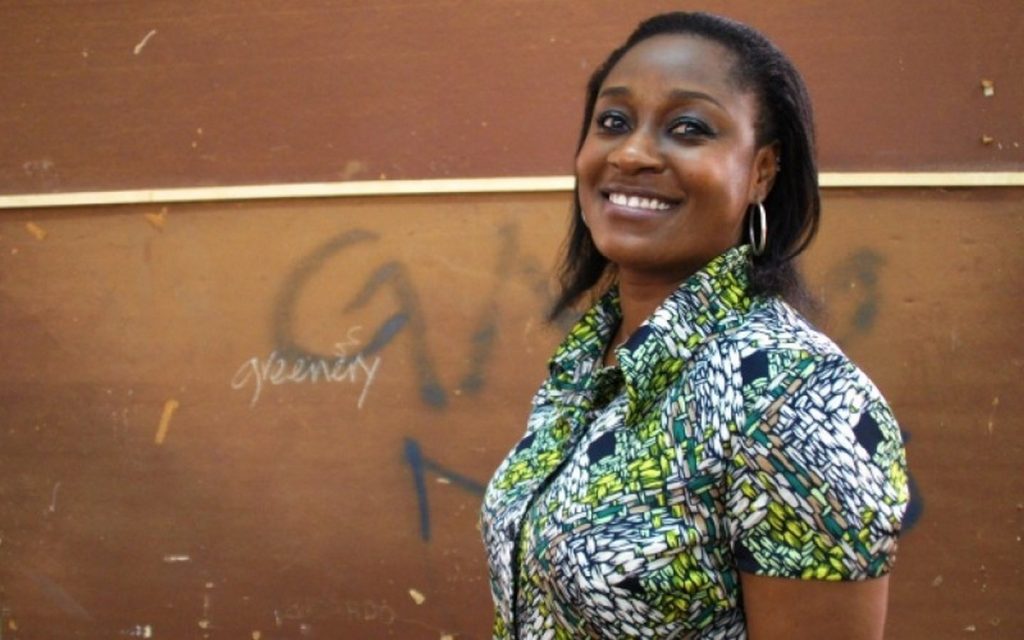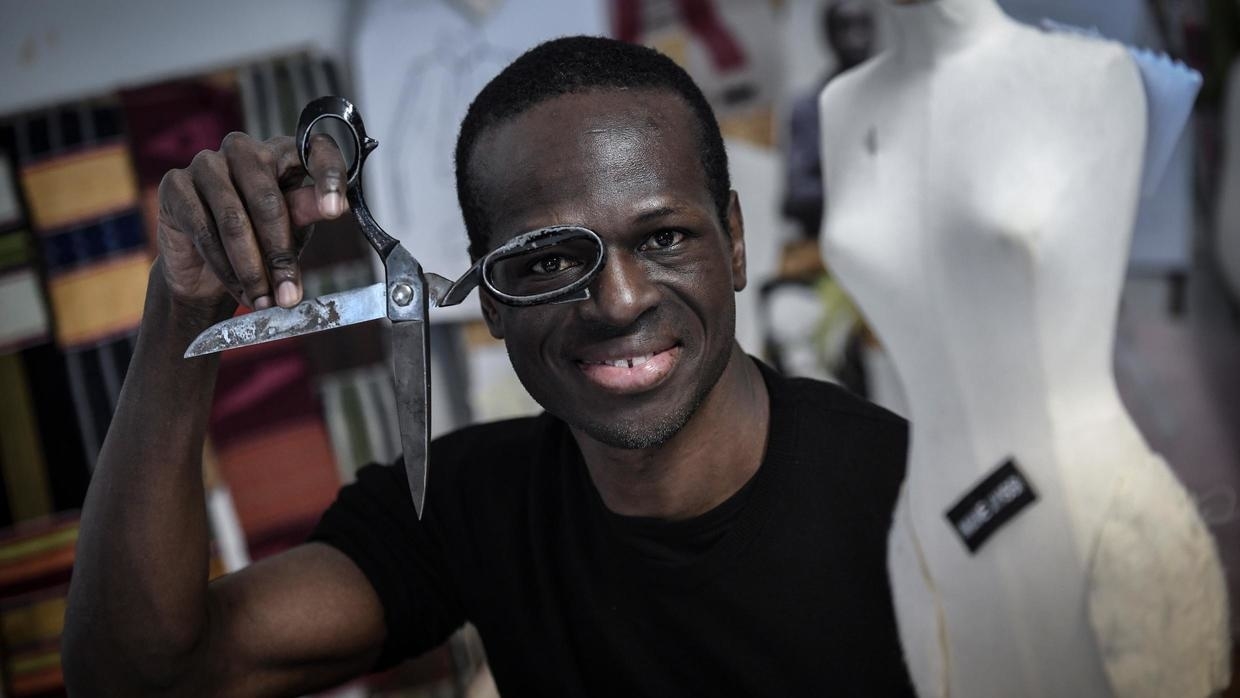Even in the 21st century, the roles of women in a male-dominated field of architecture and design (globally) are largely overlooked. However, even if gender inequality continues to be a cause of concern, African female architects are challenging the status quo, evidencing their excellence and leadership, and talent for design and architecture. While there’s more work to be done to increase the number of women in the field, there is a generation of inspiring women who are shaking things up and providing plenty of hope for what our future could look like.
Here are a few of the remarkable women architects in Africa that you should know.
Assumpta Nnaggenda-Musana, Uganda

Uganda’s first woman to receive a Ph.D. in Architecture, in 2008, Assumpta Nnaggenda-Musana leads a design studio and teaching at Makerere University Department of Architecture and Physical Planning in her home city, Kampala, Uganda.
Following her Ph.D. research at KTH, Stockholm, on urban housing formations in Kampala, she started working towards sustainable built settlements and low-cost housing schemes in “developing” nations. In order to manage her research, teaching and practice, Nnaggenda-Musana joined Technology Consults (TECO) which allows academic staff to work alongside while allowing students to assist in their projects, a practice initiated by former lecturers at Makerere. Currently, TECO is working on the re-development plan for Mengo Hospital, which is the oldest hospital in Uganda and the establishment of a “Free Trade Zone” around Entebbe Airport.
In addition to her work with TECO, her research is focused on low-income housing and settlements in Kampala. She has also begun to take an interest in gender issues, which Nnaggenda-Musana says she sees as being indivisible from life in the home.
Knowing the challenges that she was confronted with throughout her career, she mentors her students to be resilient and assertive against the gender landscape in the industry. “The hardest thing to overcome is that the profession has been historically seen as a male specialty. I notice it when, as a female architect here, you say something on site or in the workplace, and the men do not give you the right audience. Getting accepted is a challenge even today. But I think that this makes female architects resilient. I always tell my female students to be assertive, especially when doing site visits, and to shape their own place in the industry”, Nnaggenda-Musana explains.
Victoria Heilman, Tanzania
 Source
Source
Victoria Heilman is a Tanzanian architect and educator. A strong advocate of sustainable design and construction, she is founder of VK Green Architects Ltd, and co-founder of Tanzanian Women Architects for Humanity (TAWAH), a nonprofit committed to enhancing social justice by mobilizing women to spearhead building adequate shelter for marginalized communities in Tanzania. TAWAH supports inclusion through the design and construction of facilities that accommodate marginalized groups. It promotes the consideration of the needs of marginalized groups in land-use planning and building design.
“I landed in architecture without knowing what it really was then during my master’s degree in the States I worked with Habitat for Humanity on a number of projects,” said Heilman, in an interview with Archinect. “When I came back to Tanzania, I found the same organization also existed here, so I worked with them on socially oriented projects in Zanzibar and Tanga”.
TAWAH, founded together with three female colleagues, was formed with the ambition to continue the work Habitat for Humanity in Tanzania. As women architects and scientists, TAWAH networks conducts research and shares ideas with other women professionals and women living in low income communities. Through the collective construction of shelter and sanitation infrastructure, TAWAH provides activities – teach practical skills to low income women – that aim to empower women socially and economically.
“We mobilize women in architecture and engineering to go out there and meet marginalized groups, we want to make an impact on these communities while involving people in the process”, Heilman told Archinect. “For example, while working out in Arusha, I learned that Massai women also have relevant knowledge of architecture to share with us which we did not learn in class”.
Maliam Mdoko, Malawi

“For me, architecture is beyond a profession, it’s a calling, says Maliam Mdoko. She is Projects Manager at the Press Trust, Malawi’s foremost local charitable institution that works on buildings offering public benefit, such as in the education, health, social welfare and housing sectors. Currently, she is a non-executive director of Kang’ombe Investments Limited.
As the first ever female president of the Malawi Institute of Architects (MIA), Maliam Mdoko says she is geared at promoting the visibility and role of the architects in Malawi.
Mdoko approaches her profession as an opportunity to make the world a better place. “I try to embrace each day with an open mind and I’m always eager to meet new challenges and new opportunities. Architecture to me is a tool to soothe my mental capacity and create solutions for society in a way that leaves a positive footprint. My profession has helped me to meet and serve different cadres of people from decision makers to grassroots communities,” she said.
Realizing the field is male-dominated and viewed as most corrupt Mdoko encourages younger women not to limit their dreams by the trends they see in the construction industry today.
“Be focused and hold on to your dream even when the going gets tough. Most importantly, believe in yourself,” Mdoko advises. “Due to the East African construction boom, this is the moment for young women, and when everyone sits at the table, it’s good for everybody. Of course, there’ll be some resistance along the way, but you have to keep soldiering on, and I think the sky’s the limit in terms of what you can do.”
Devothe Mukeshimana, Rwanda

During her studies at the University of Rwanda School of Architecture and Environmental Design, Mukeshimana focused on sustainable materials, energy efficiency, and low-cost construction. Whilst studying she worked as a student assistant on the IMBUGA city walk, a masterplan for the pedestrianization of a key street in Kigali. She also interned at Journeyman International (JI), during which, together with Patrice Uwizeyimana, proposed a new design for a vocational training facility for victims of HIV at a site in Muyumbo, near the Rwandan capital.
Following her graduation in 2018, she plans to further develop her practice and help design sustainable and low-cost projects in Rwanda. What matters most is learning to use her architectural skills to serve society, she says.
When asked about the challenges she faces in the field of architecture, Mukeshimana said, “The most challenging part as a young female in architecture so far is that in my country you can’t find professional women architects who can motivate us, advise us and inspire us in our career.”
Emma Miloyo, Kenya

A Kenyan architect, businesswoman, and educator, Emma Miloyo is the first woman to graduate from Jomo Kenyatta University of Agriculture and Technology with a first-class honors degree in architecture. Miloyo believes she was destined to be an architect. “I’ve always been a creative person and my dream of getting into the industry took off in Kenya high school”.
Miloyo is co-founder of Kiota School and a partner at Design Source, a firm focused on using homegrown materials and techniques, specializing in hospitality, commercial and energy projects across East Africa.
Her life is marked with enormous achievements including becoming the first female President of the Architectural Association of Kenya. And as leader in her field, she recognizes the urgent need to create a “livable” city, making Kenya’s cities and human settlements inclusive, safe, resilient and sustainable. “If I could help change Nairobi so it becomes livable for our children then my work will be done,” affirms Miloyo.
Additionally, placing a focus on sustainable design and concepts in traditional African construction, Miloyo has a word of caution: “We must not lose the basic principles we have inherited and keep these ideas alive in new African buildings.”
Beyond her personal success, as a big champion of gender equality, Miloyo says her lifelong ambition is to inspire young women and help them break the glass ceiling that has limited their success, especially in male-dominated fields. “Taking a leadership position meant I was making it easier for the next crop of women to get to the next level,” she said. “I wanted them to see that it is possible because sometimes people just need to see it so that they can believe it. You cannot underestimate the value of role modelling”.




